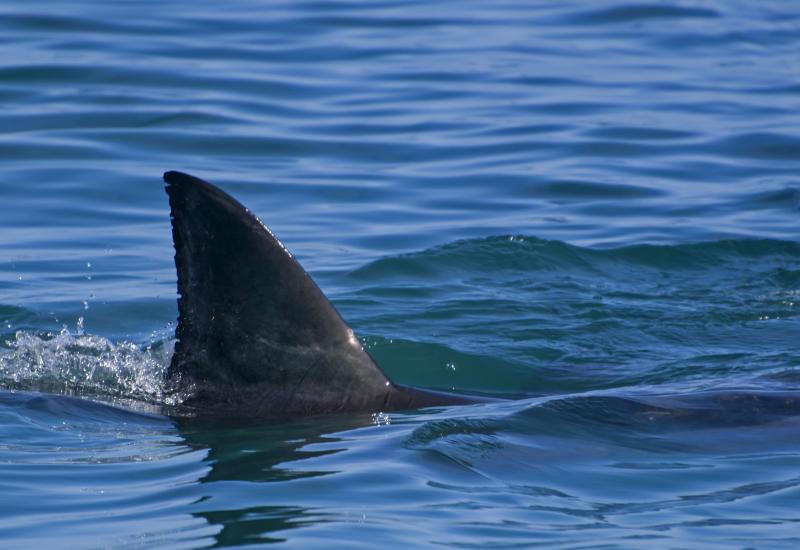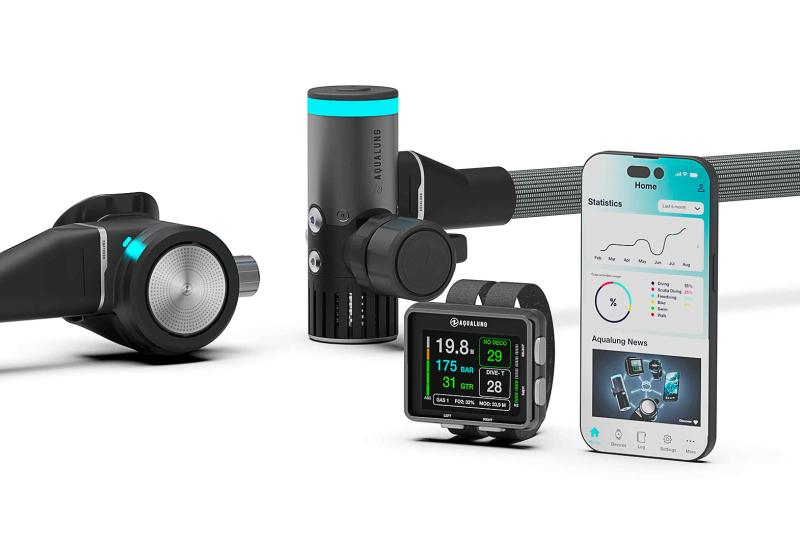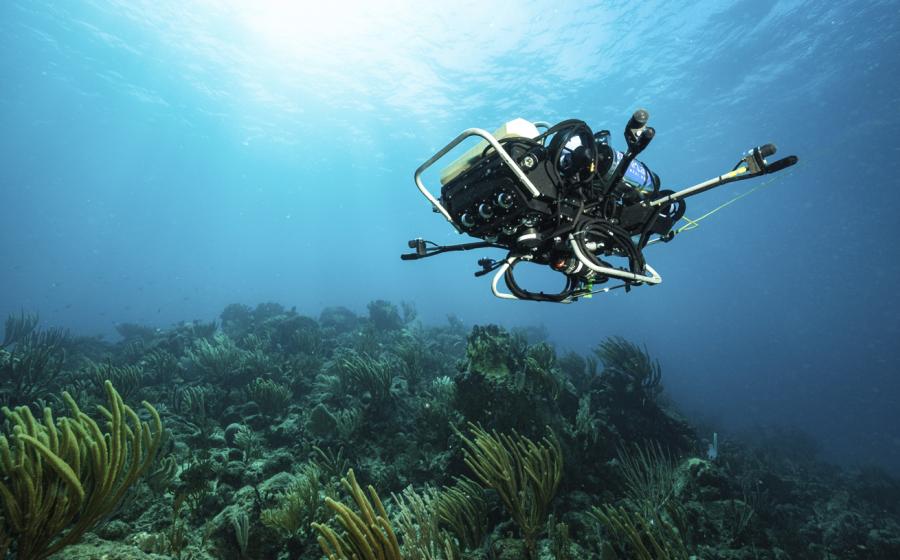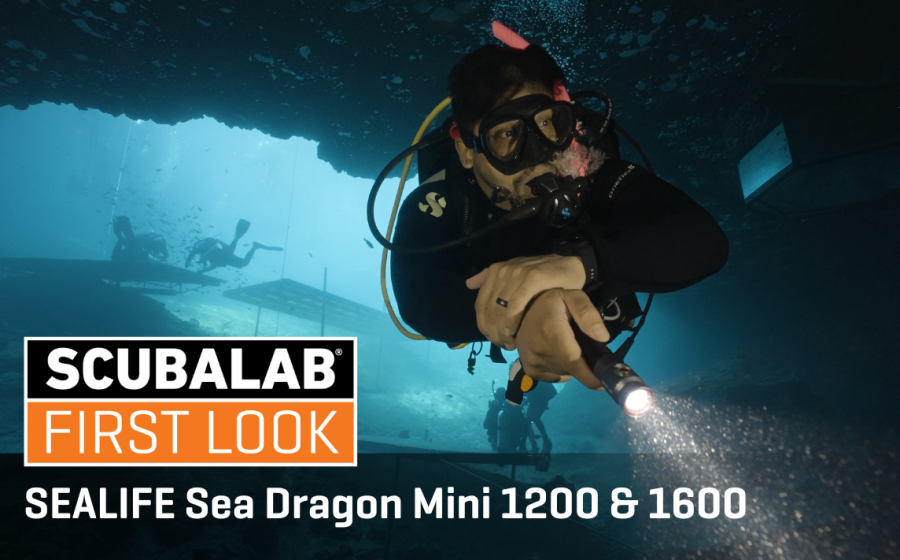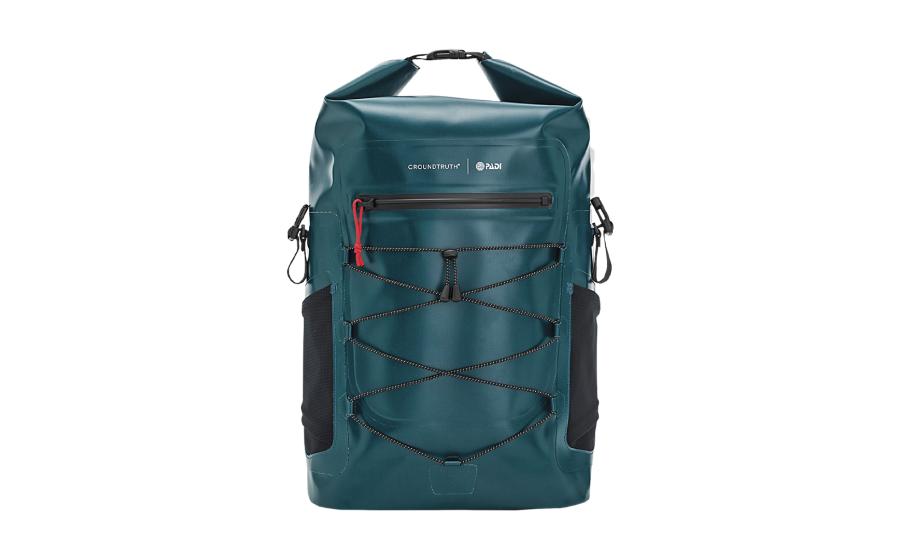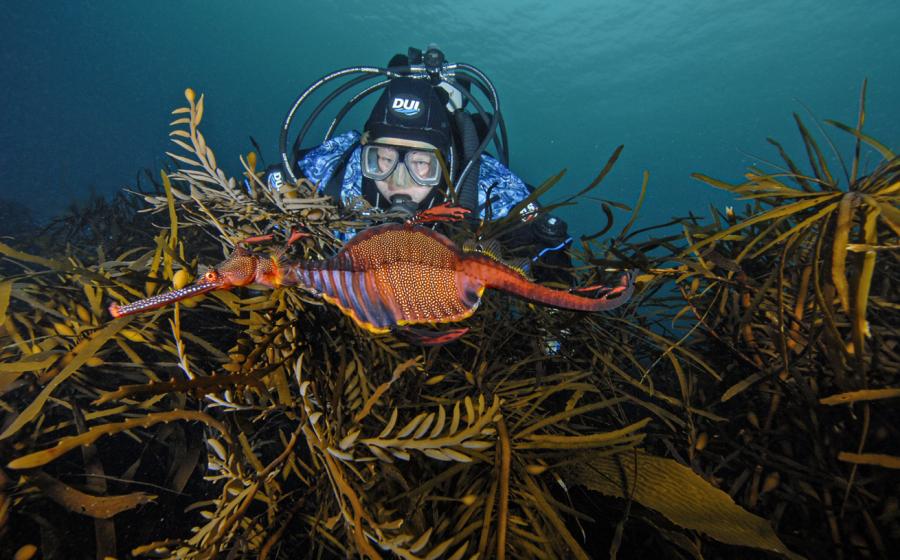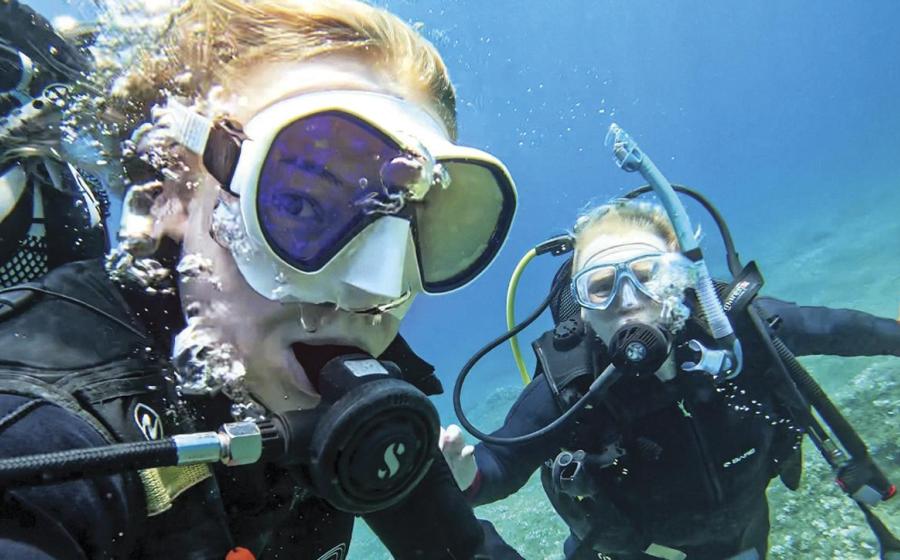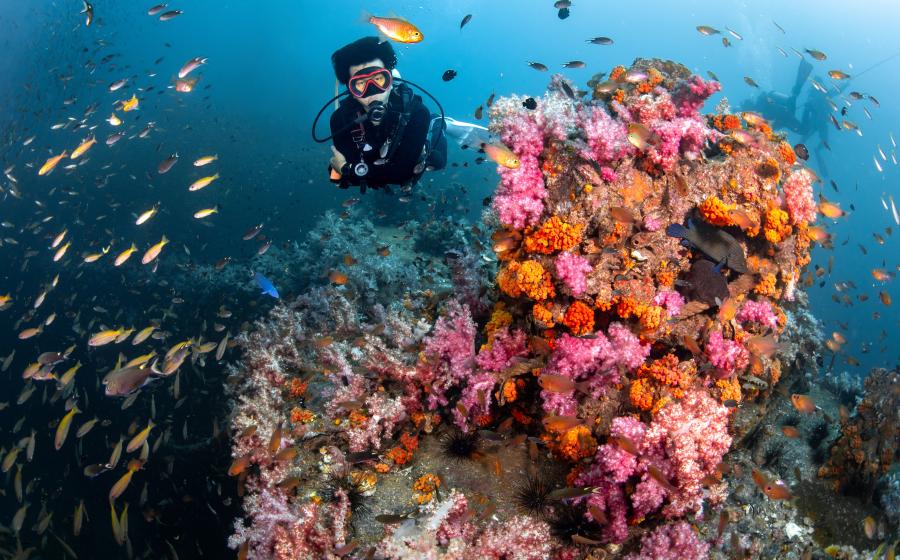Scientists Develop New Way to Track Fish
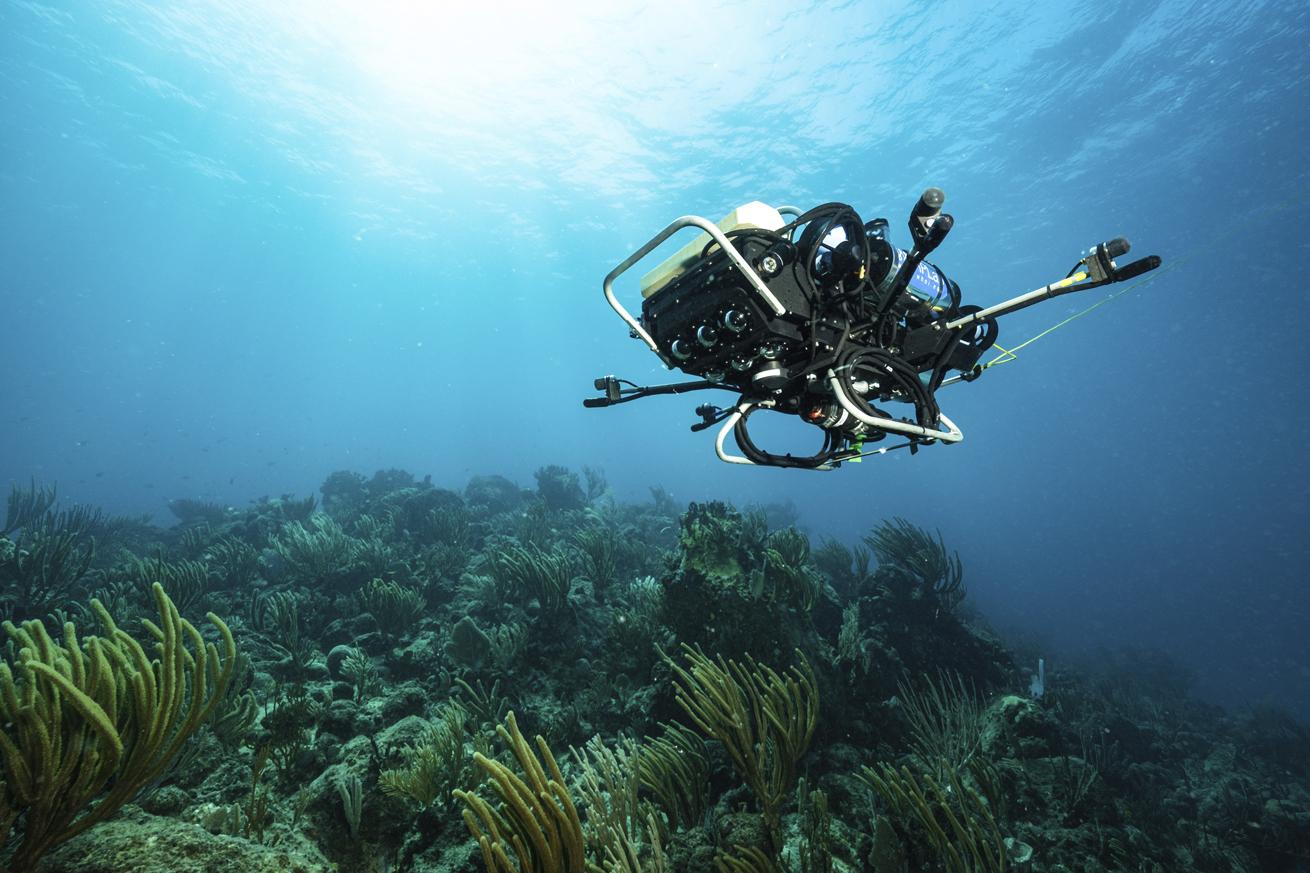
Austin Greene, Woods Hole Oceanographic InstitutionCUREE, an autonomous underwater robot, is used by the researchers to collect acoustic data for analysis.
Anyone who has visited a coral reef will know what a hub of activity they can be. On a healthy reef, there is so much life that it’s hard to keep track of everything going on. This is also true for marine biologists trying to survey the reef. With so many different animals going about their daily lives, it can be hard to understand which species and how many individuals of each species are present.
Marine biologists from Woods Hole Oceanographic Institution (WHOI) in Massachusetts have found a way to identify coral reef fish sounds by combining acoustic monitoring with a neural network.
Related Reading: Red Sea Turtle Trackers Discover 34 Seagrass Meadows
By speeding up acoustic data analysis, this new technology could be a vital tool in the race to protect reefs and their inhabitants from a changing climate. The findings were published in the Journal of the Acoustical Society of America.
Passive acoustic monitoring is when researchers install sound recorders underwater and leave them recording noises for weeks or months. They can use tools to analyze the data, but if they want to find specific sounds, they must do it manually.
Going through these vast swaths of data by hand is time-consuming. “It’s incredibly tedious work,” says study author Seth McCammon. “It’s miserable.”
Climate change is an urgent and immediate threat to coral reefs around the world. Scientists don’t have time to wait the years it would take to complete this manual analysis. If they are to find effective ways of protecting coral reefs before it’s too late, they need quicker ways of monitoring changes.
The researchers trained a neural network to analyze the audio data in real time. It’s just as accurate as a human at identifying trends in the recordings, but it’s over 25 times faster. The researchers hope this new development could transform ocean monitoring and speed up important discoveries.
“Now that we no longer need to have a human in the loop, what other sorts of devices—moving beyond just recorders—could we use?” says McCammon. “Some work that my co-author Aran Mooney is doing involves integrating this type of neural network onto a floating mooring that’s broadcasting real-time updates of fish call counts. We are also working on putting our neural network onto our autonomous underwater vehicle, CUREE, so that it can listen for fish and map out hotspots of biological activity.”
Related Reading: Number of Unprovoked Shark Bites Declines
The technology might also be useful for identifying unique fish calls—something that has long been a challenge in marine acoustic research.
“For the vast majority of species, we haven’t gotten to the point yet where we can say with certainty that a call came from a particular species of fish,” said McCammon. “That’s, at least in my mind, the holy grail we’re looking for. By being able to do fish call detection in real time, we can start to build devices that are able to automatically hear a call and then see what fish are nearby.”
If the neural network leads to the ability to monitor coral reef fish populations in real time, it could help identify and respond to threats much earlier.


